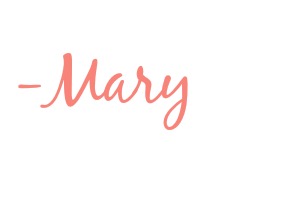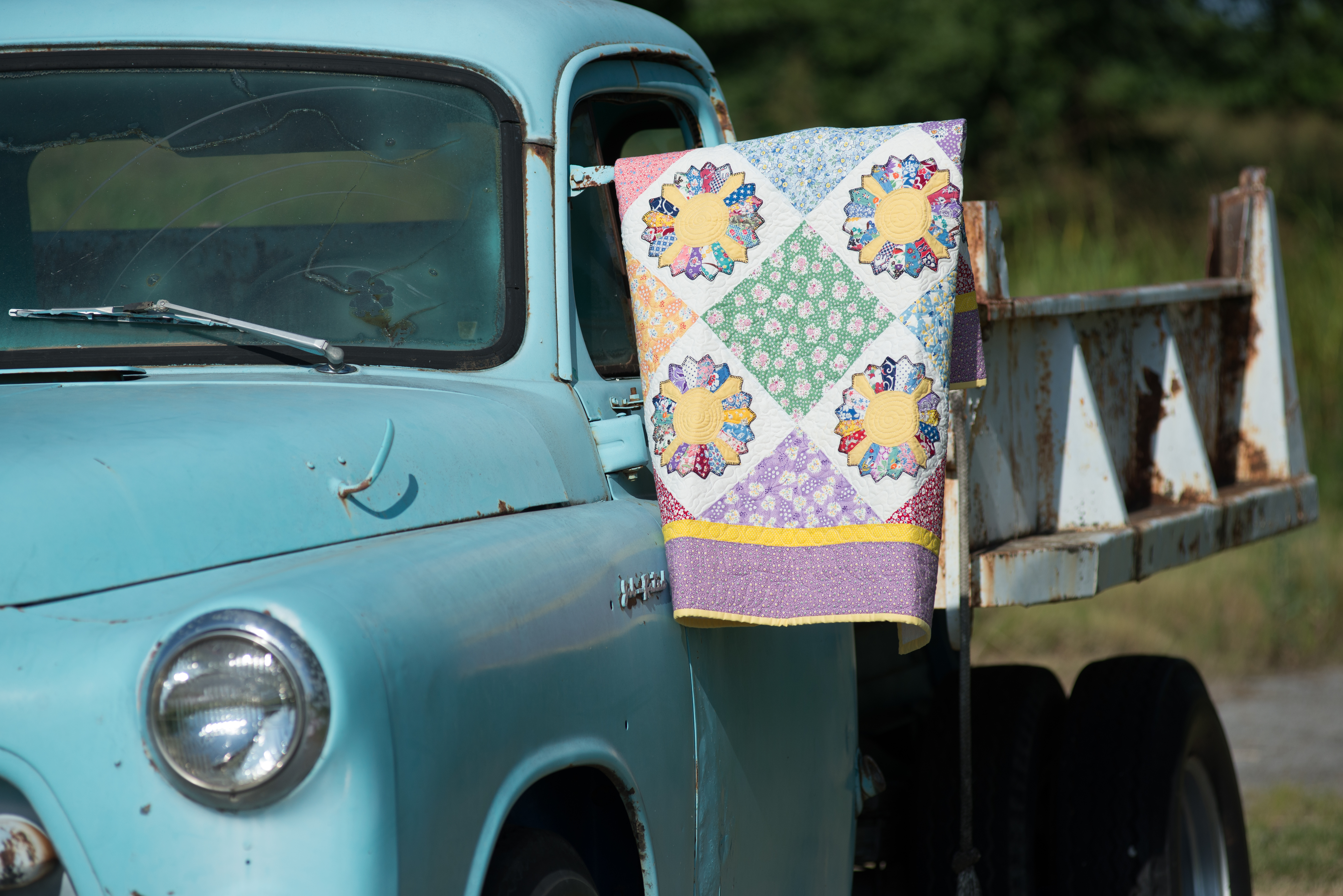Record Keeping for Your Quilts
As a quilter, I am drawn to the warmth and beauty of antique quilts. I like to collect and display them whenever possible. A few of the quilts in my collection have intricate hand stitching, unusual fabrics, and are made from patterns with long forgotten names. Fabric historians can rarely find journals written by the quilters. These journals, though rare, have helped in documenting information about antique quilts that are parts of museum collections. But what about quilts that you find at garage sales, flea markets, and antique stores? Do you ever wonder who the maker was, what was the name of the pattern, or how old is the quilt? I do.
The block above is from a quilt made in the 1930’s. I know this because several of the blocks in the quilt have the year embroidered on them. So while we know approximately when it was made, the name of the maker, the name of the owner, the pattern name, and the occasion for which it was made are all a mystery. I have written a previous post on labeling your quilts, which should be a part of any quilt making process, but have you ever thought of making a record keeping system for your quilts?
The easiest way to keep a record of information about your quilts is to develop a basic form and fill it out each time you make a quilt. It can be something as simple as an 8 1/2″ x 11″ sheet of paper or as elaborate as a binder system made specifically for a quilt maker’s record keeping. Many of my friends use a spiral bound notebook that costs about a dollar that you can purchase just about any where. My favorite way is to create this document as part of an electronic file and save it on my computer.
The following is a list of information to include in your record:
- Project or quilt number. Assign each project or quilt a number when you start. Then fill in the information as your work progresses.
- Name. This is not necessary but most quilters do name their projects.
- Pattern name and manufacturer. An example would be – “Happy Birthday Baby” pattern designed by Mary Covey from the book “Celebrations” published by Martingale & Company 2002.
- Piecing. Was the quilt pieced by hand or machine? Was it made by one person or several? Be sure to include everyone’s name.
- Quilting. Record whether the quilt was hand or machine quilted and by whom.
- Special information. Record if the quilt has appeared in any shows or publications. In each instance, record the name of the show/publication, date, awards won or page number.
- Quilt owner. Even if you are making the quilt for yourself, make sure you record who is the owner. You may think everyone knows who you made the quilt for but unless you write it down, nobody will. If you are giving the quilt as a gift, make sure this information is on the label.
- Maker’s notes. This is where I like to record the story behind the quilt. What was the inspiration for making the quilt – a wedding, a birthday, a new baby, a gift for a special friend?
- Pictures. Take a photograph of your quilt or project. If you keep a paper record write the number of the project on the back of the photo in case it gets separated for the recorded sheet. Photos can be easily added to electronic files and saved.
Remember it is never too late to start keeping a record of your quilts. Chances are you know who you gave a quilt to or you might even still own them. Start taking pictures and recording the history of as many of them as you can. You’ll be glad you did. Send me an email and let me hear about your record keeping system.



